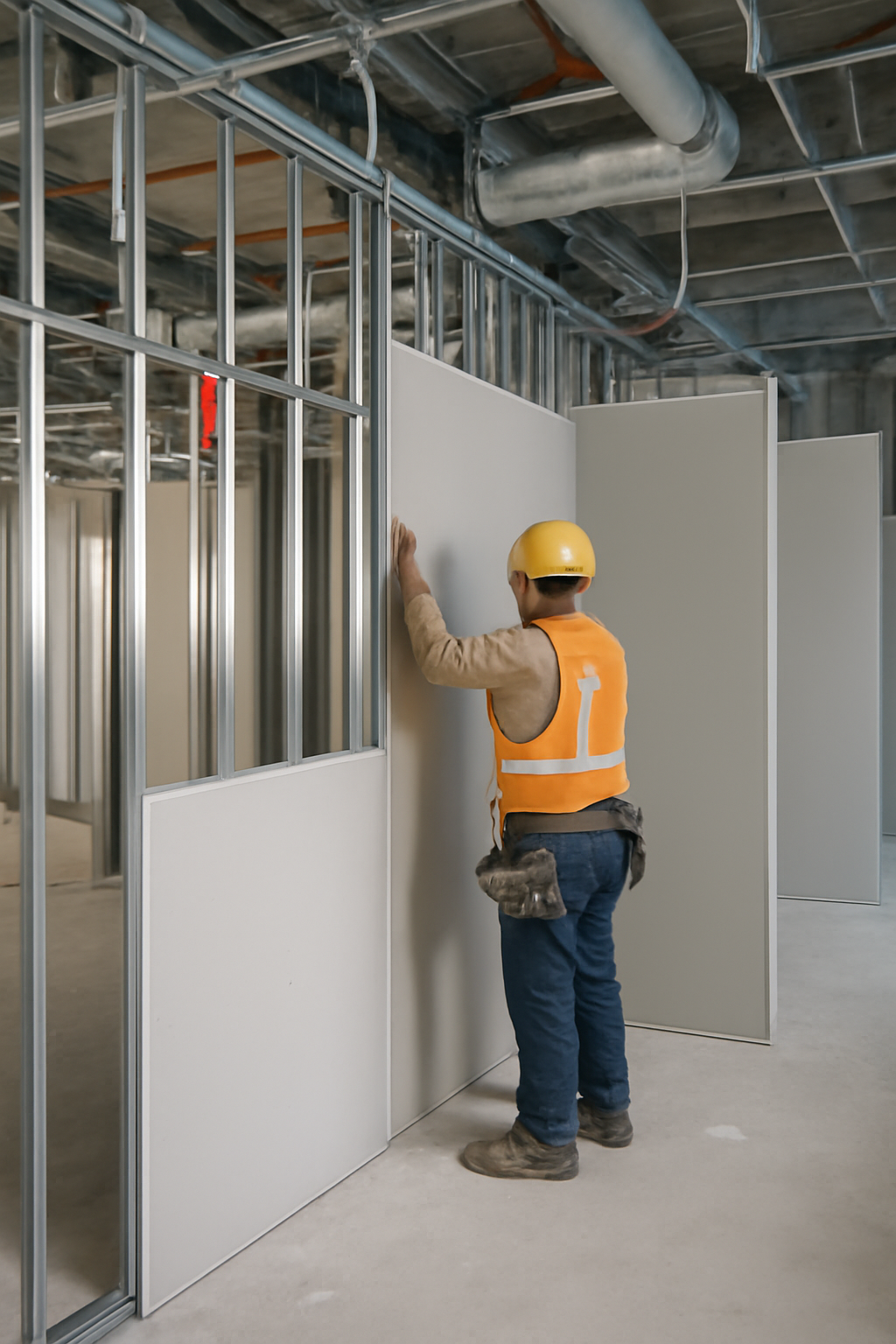
Estimating drywall costs accurately and efficiently can be a major hurdle for architects, engineers, and general contractors. Traditionally, every design iteration or scope change meant tedious manual updates or relying on generalized assumptions—both of which introduce risk. But by using assemblies in your estimating workflow, you can significantly accelerate the process while improving accuracy.
Assemblies group related components—framing, insulation, drywall sheets, screws, mudding, and labor—into a single package. Rather than estimating each line item individually, you can apply a pre-defined assembly that reflects real-world construction methods. This approach simplifies takeoffs and enables better consistency across projects.
When paired with data-driven intelligence, assemblies become more than templates—they become adaptable models that evolve with your project. For instance, a hospital corridor wall assembly can automatically scale based on design changes, adjust for material thicknesses, and apply localized cost data without manual recalculation. These adjustments are validated in real-time against historical production rates, ensuring confidence in projections.
One of the most time-consuming aspects of drywall estimation is reworking numbers with every change. With an assembly-based system, you update once, and the cascading impact flows through quantities, costs, and labor. This dramatically reduces repetitive tasks and errors. For architects and engineers who iterate frequently, this flexibility is invaluable.
Even the most detailed models don’t always capture construction nuances. Assemblies allow estimators to apply subjective inputs—such as access difficulty or framing density—to standard structures. This hybrid approach merges objective BIM data with real-world know-how.
In a recent billion-dollar healthcare project, the traditional method for wall takeoffs took over six hours per floor. With assemblies enabled via a data-centric platform, the estimating team reduced that process to under 30 minutes. Not only was the time saved significant, but the team also reported improved accuracy in materials and labor projections.
Today’s construction environment demands not just faster estimates but more reliable ones. Active Estimating enables this by blending data transformation with continuous feedback. By using drywall estimating assemblies as a foundation, project teams can avoid the lag and loss of detail that often derail cost forecasting.
Assemblies bring structure and clarity to an otherwise chaotic estimating process. Whether you’re revising conceptual designs or refining construction documentation, leveraging assemblies anchored by data-driven intelligence ensures that drywall estimating becomes faster, more transparent, and more aligned with project realities.
Contact Information:
Active Estimating
508 2nd Street, Suite 208
Davis
California
95616
Rich Schoener
richard@activeestimating.com
(877)
Schedule a personalized demo to see how Active Estimating can work for your specific needs.
